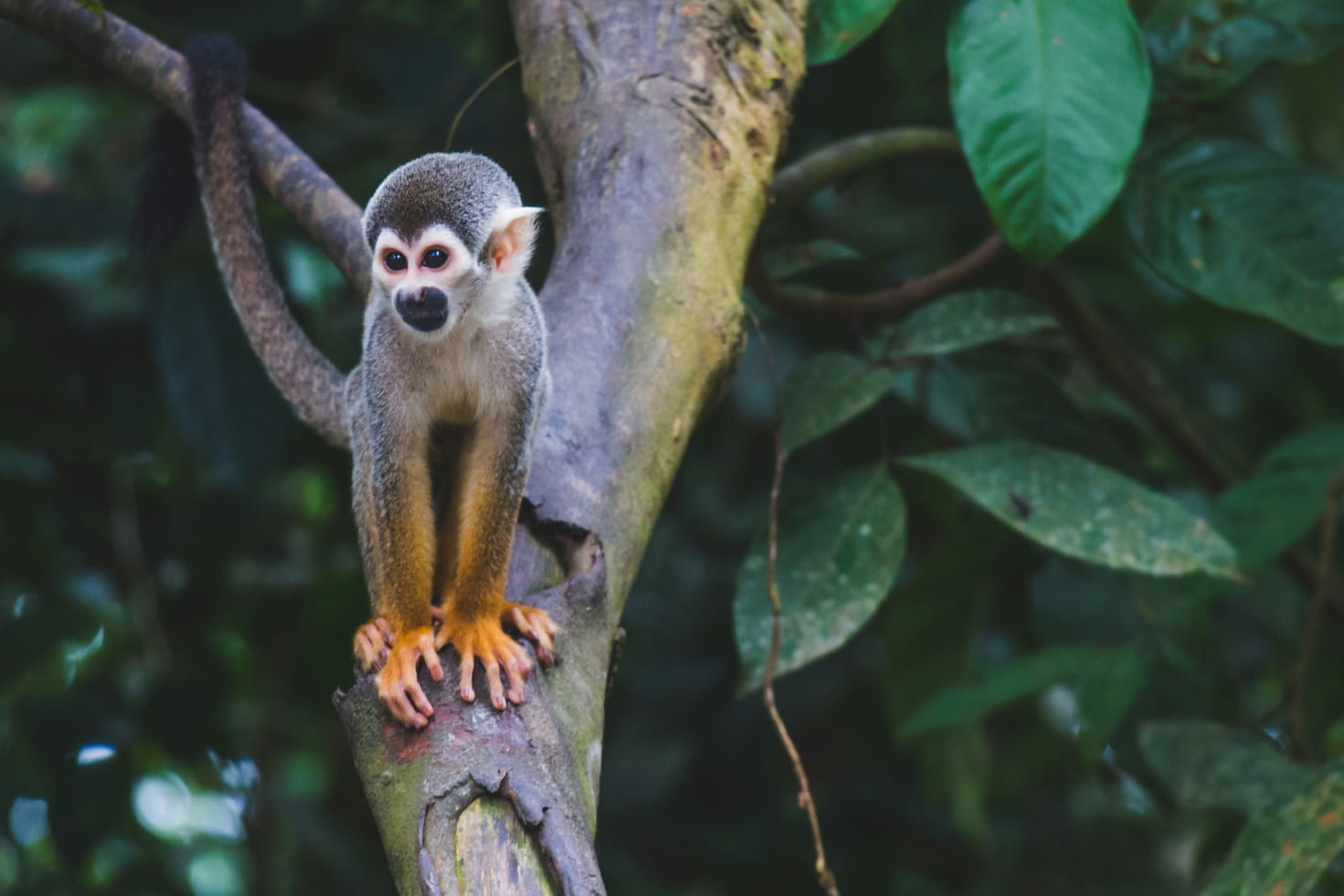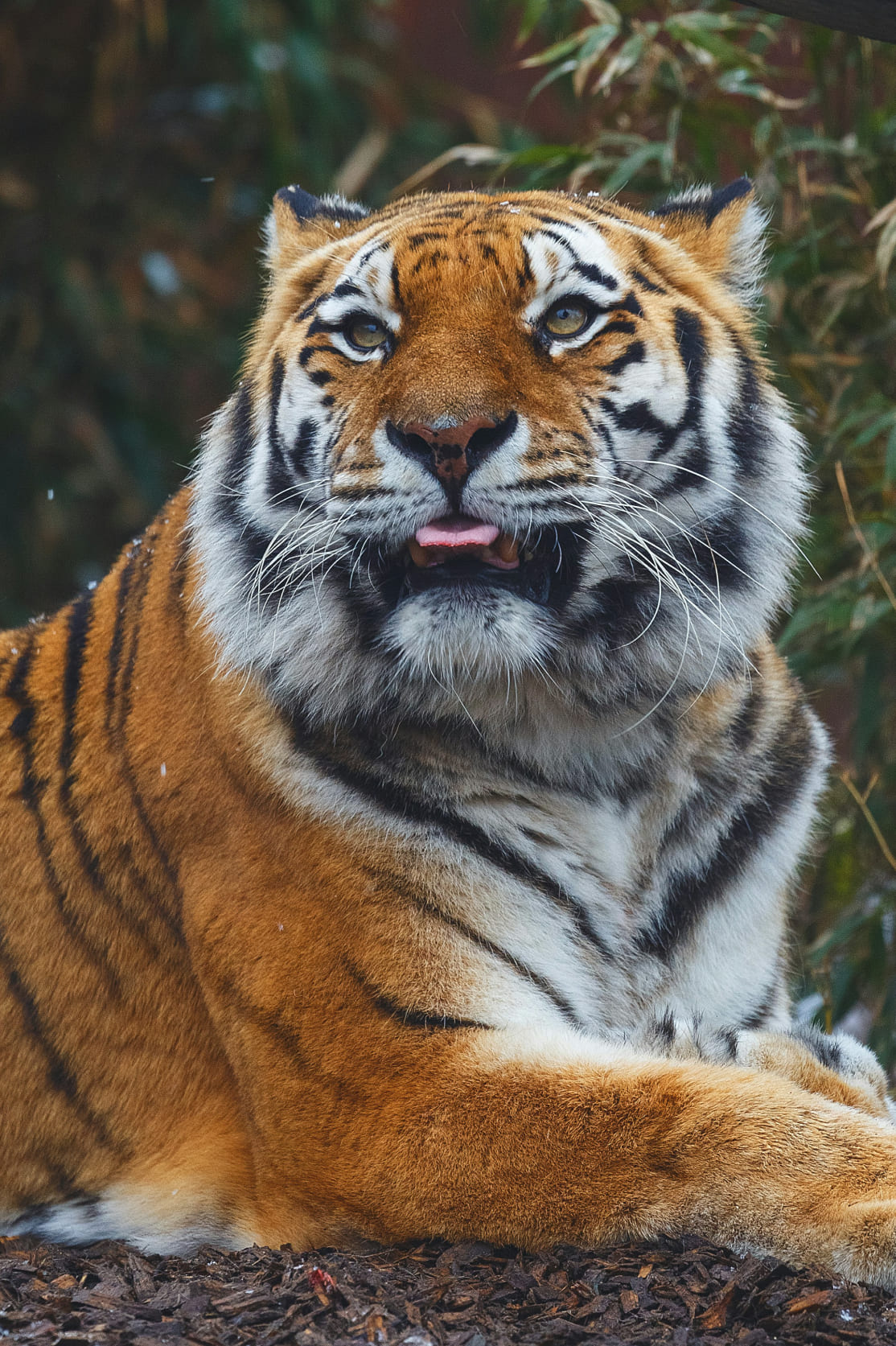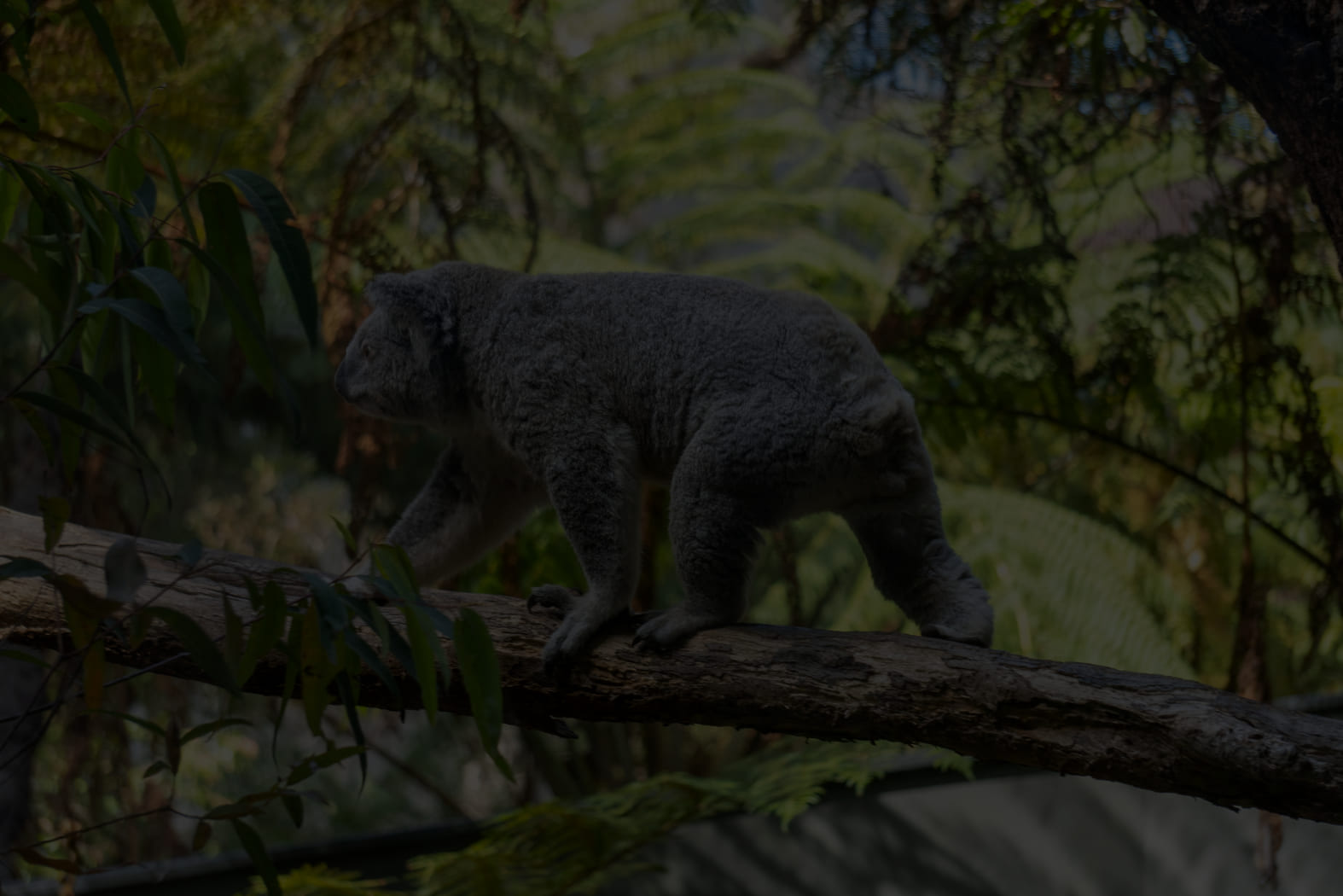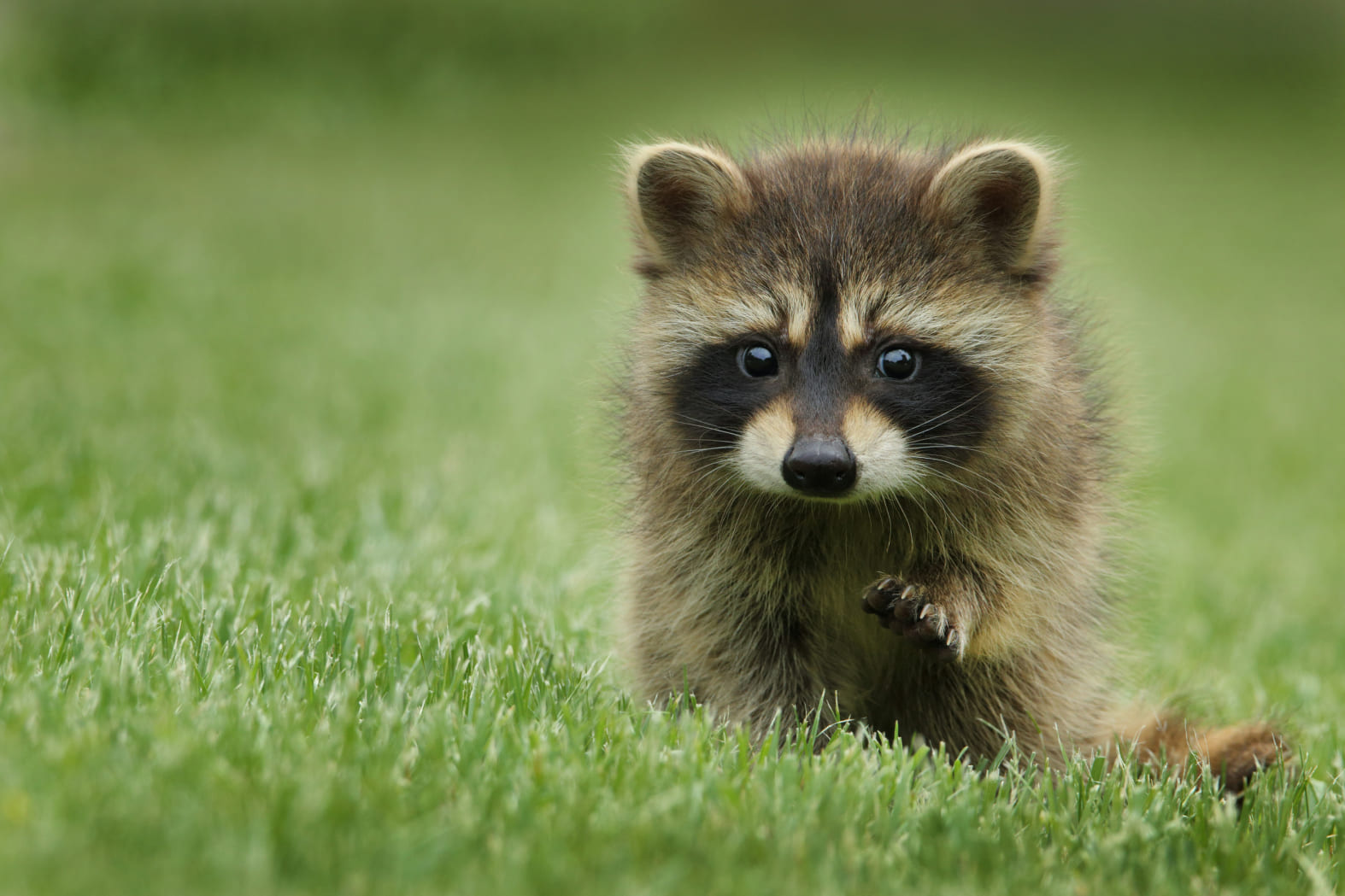Koala
Australia’s Adorable Tree-Dwelling Icon.
About Us

In wildlife, social structures are about more than just safety in numbers. They are complex systems where each member often has a role, creating a balanced environment where animals support and depend on each other. This cooperation is essential for tasks such as protecting young, finding food, and establishing territory. Living in these groups offers a unique blend of independence and interdependence, as each individual contributes to the success of the whole.



testimonails

Social living provides animals with a unique adaptability to their surroundings. When faced with environmental challenges, group dynamics allow animals to share knowledge and resources, improving their ability to survive. Whether enduring harsh climates or fending off predators, animals in social groups rely on their unity and cooperation. This adaptability has enabled wildlife to thrive across diverse habitats, showcasing the power of communal resilience.

Dedicated to Wildlife and Habitat Protection

Animals use a variety of communication methods to survive and thrive. From vocal calls and body language to scent markings, each species has developed its own way of interacting with others. This communication helps animals find mates, warn of danger, and establish territories, playing a vital role in their social structures.
Nature has equipped animals with incredible adaptations to survive harsh environments. Desert animals conserve water and stay cool, while Arctic creatures have thick fur and fat layers to retain heat. These adaptations showcase the resilience of wildlife and their ability to thrive in diverse habitats.